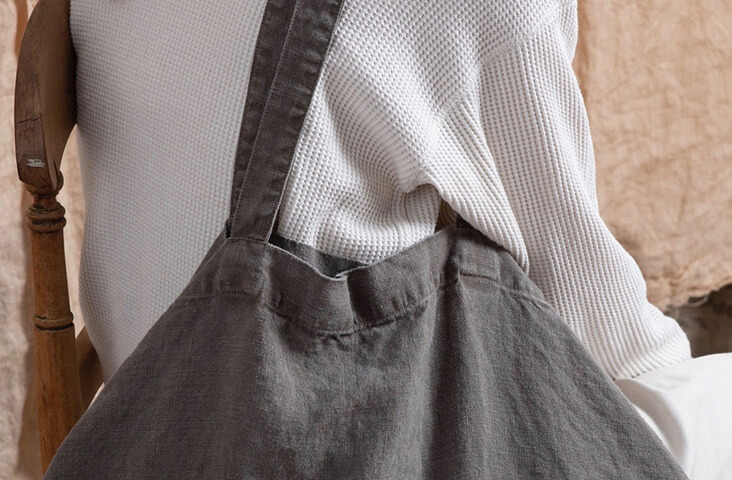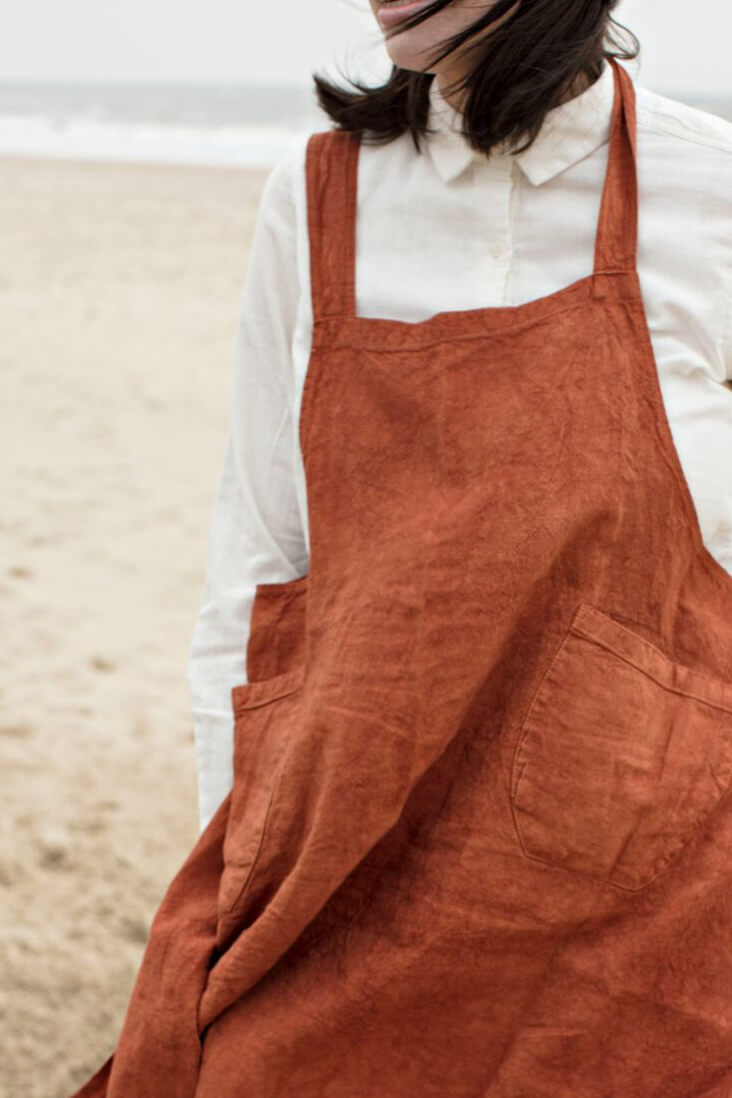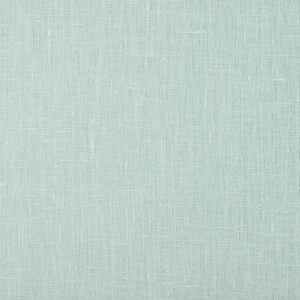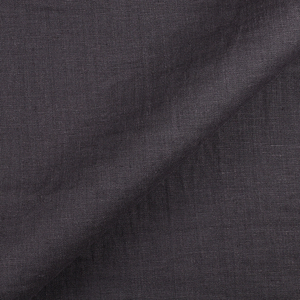Natural Dyeing : Making colour stick
When working with natural dyes many dyes need an additional substance or mordant to help fix the dye to the fibre. Mordant comes from the french “mordre” to bite, a mordant will help the dye bite to the fabric or fibre. When people first start experimenting with plant dyes this step can often be overlooked or rushed which results in weak or inconsistent results.
If you have ever experimented with natural dyes you might have the experience of achieving a beautiful colour from the dye pot only for it to fade drastically once you wash it. Not only do mordants help the colour bind to the fibre, but they also help keep the colours strong and true and stop them from washing out or being bleached by the sun.
Traditionally metal salts would be used as mordants such as Alumn, Iron, Chrome, Copper & Tin. However, some mordants such as tin, chrome & copper can be toxic or poisonous and are not recommended. Although these metallic salts work well they are a health hazard and produce toxic waste which then requires special disposal. Mordants such as alum and tannin are safer to use and can produce a range of incredible colours when combined with the dyestuff. Mordanting is always carried out after scouring or cleaning your fibre. They are a few different ways to mordant, it can be done before dyeing know as pre mordanting, it can be added with the dyestuff in the pot and sometimes it is added after the dyebath, called post mordanting.
When working with Natural Dyes it is important to follow some basic rules. Never use the same utensils or pots for cooking that you use for dyeing, have separate equipment just for dyeing. Always work in a well-ventilated area, dispose of mordants and dye baths safely. Wear gloves and a face mask when working with mordants and mordant based dye baths. Always do your research & due diligence when working with plant dyes as some plants can be toxic or poisonous.
When it comes to mordanting protein/animal-based fibres such as wool or silk are prepared differently than plant/cellulose fibres. The general rule of thumb is animal fibres are mordanted with aluminium potassium and cellulose fibres are mordanted with aluminium acetate or tannin. Personally, I prefer to work with dyes that are high in tannin, such as cutch or walnut as the tannin acts as a natural mordant, this way I don’t have to add any additional mordant and it makes the process a little simpler & gentler.
This might seem somewhat overwhelming when you first start out on your journey into plant dyeing but this is as complicated as it gets. If you can take some time to understand mordants before getting lost in the excitement of natural colour, your results will be more satisfying and successful each time.
I know this part of the process can be a little hard to grasp so if anyone has questions please let me know and I will do my best to answer you.





















































3 Comments
Holly Dumont
Indigo doesn’t need a mordant. However, you should soy, post dyeing. John Marshall of Covello wrote a good book on the subject called “Salvation Through Soy”. Since I started post soy treatments, I’ve never had indigo crock.
My question is, has anyone tried the “pot” as mordant technique. As in use an aluminum or copper pot to mordant the fabric in. I keep meaning to try this, but haven’t gotten around to it. I’m trying to decide whether vinegar or ammonia in the pot would be the ticket. Or would one be better than the other for cellulose or protein.
Bev Hill
Thank you for clearing up the acetate alum and the potassium alum question because I was confused. My question is, “Do the items that will be dyed in the indigo vat need a mordant?”
Rebecca Zicarelli
Indigo does not require a mordant, Mordant can prevent good indigo bonding; theyare acidic, and they can throw the indigo out of reduction right at the surface of the fiber, where you want to ensure the indigo is in complete reduction for best bonding and color. The high pH environment of an indigo vat can also weaken the mordant bonds of already-dyed fabric. For this reason, particularly for greens,, I always dye indigo first, then mordant/tannin mordant/tannin and then dye with a yellow (my favorites are weld, golden rod, and lupine). And yes, I use both aluminium acetate and tannin for linen and cotton, processing cold and repeating each soak (min. 2 hour or overnight) twice. I use Oak galls if I want a clear tannin. This is how you achieve long-lasting, deep color that doesn’t turn grayish within a year.